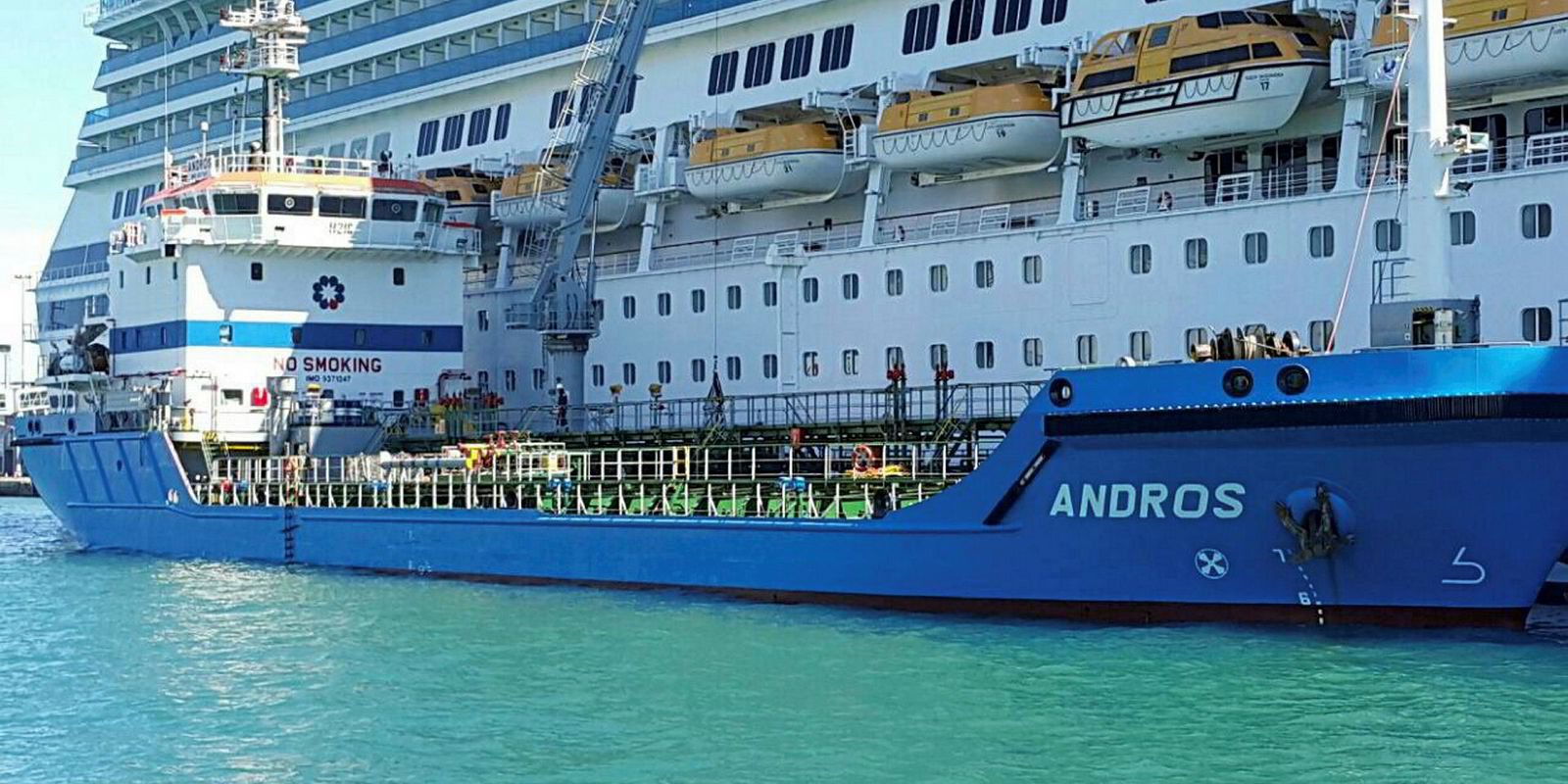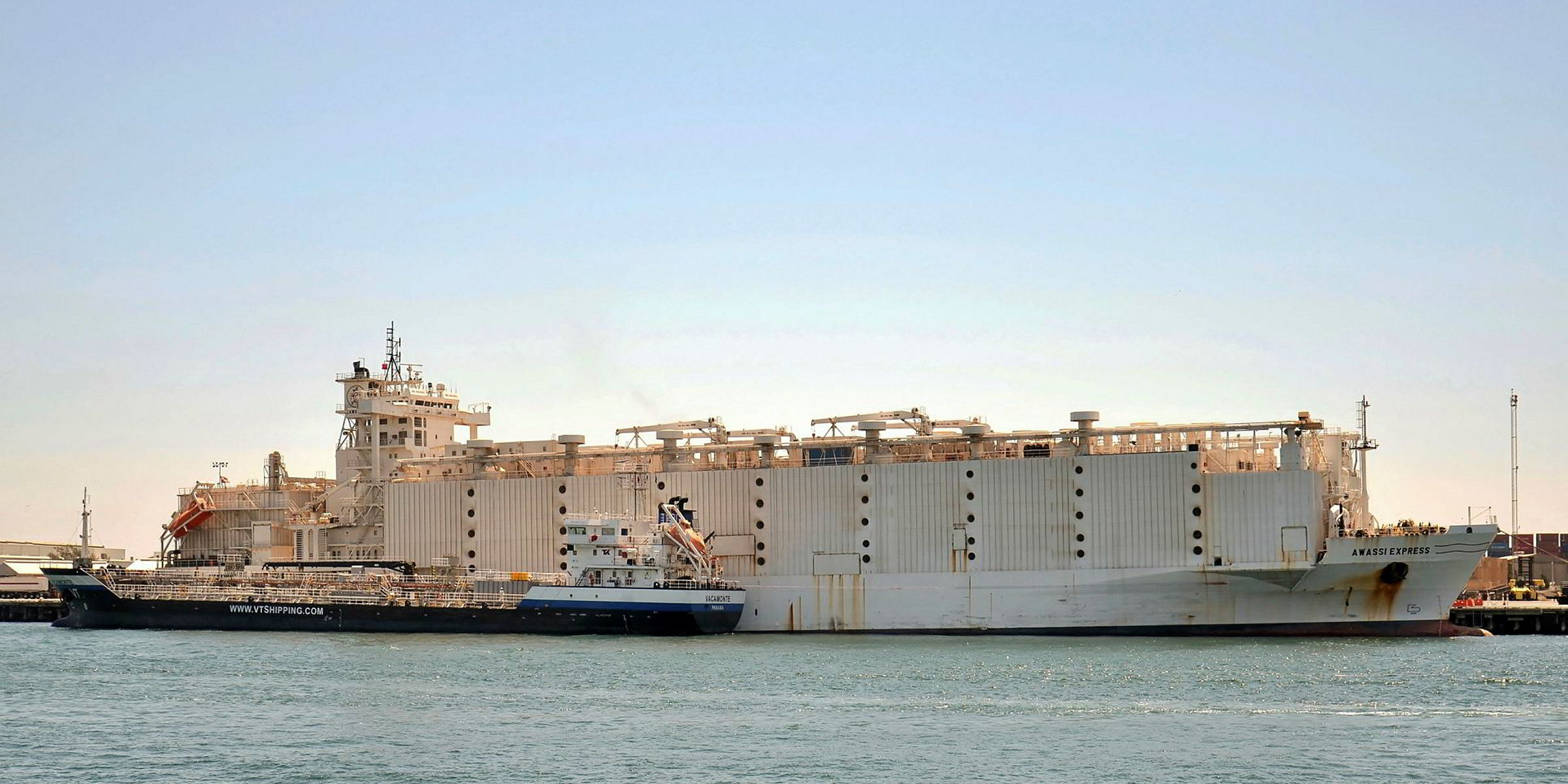With the upcoming IMO 2020 rules, 0.5% sulphur fuels are expected to become the preferred choice in the global bunker mix — but it will likely take the shipping industry several quarters to adjust.
Refineries and bunker suppliers are rolling out IMO-compliant fuels in the bunkering hubs across the globe this year and in 2019, with the more optimistic officials expecting new consumption patterns to emerge by the end of March 2020.
Despite estimates from researchers — including the International Energy Agency — showing a demand gap of between 1.5 million to two million barrels per day for compliant fuels that will need to be filled in 2020, the refinery industry, after months of warnings from shipping officials, now appears better prepared to meet the new requirement.
Bunker supply
Some fuel suppliers, including Shell and ExxonMobil, have started to discuss post-2020 bunker supply with their clients, with various products on offer to meet the new regulations.
“There will be [a] sufficient amount of compliant fuels available,” Cockett Group chief executive Cem Saral tells TradeWinds.
However, the issues for ship operators could be more about the standardisation of new products and their pricing.
With limited investment in desulphurisation units globally, many bunker suppliers — including refineries — are expected to blend high-sulphur fuel oil (HSFO) with other components, and maximise output of straight-run fuel oil and distillates by optimising crude diets and refinery configurations to increase the availability of compliant fuels.
Compared with the 3.5% sulphur HSFO, a long-established product that is currently the bunker fuel of choice, those compliant fuels will be new to ship operators. That means vessels will need to reconfigure their bunkering programmes and have the new fuels tested in the engines.
For this to happen safely and stably, standardisation of compliant fuels would be required — and that will be a task for both the fuel and shipping industries.
If you look from the refinery side, they want the specification to be as wide as possible. You really want to have the maximum amount of options and flexibility to produce the fuel. On the other hand, you have shipping, who want a really narrow and clear specification with a very specific product
“If you look from the refinery side, they want the specification to be as wide as possible,” Bjarne Schieldrop, the chief commodities analyst at Nordic financial services group SEB, says. “You really want to have the maximum amount of options and flexibility to produce the fuel.
“On the other hand, you have shipping, who want a really narrow and clear specification with a very specific product.”
Quality parameters
For now, ISO 8217 is expected to continue providing the quality parameters for post-2020 compliant fuels. However, this will not be sufficient to address all of the operational issues.
While refineries would be keen to product 0.5% sulphur bunker blends so they can can reduce the surplus of HSFO — a natural product of the refining process — the International Bunker Industry Association (IBIA) points out that compatibility between different blends could be a headache for ship operators.
Compatibility between pure distillates is not an issue as they do not contain asphaltenes. But for blends containing residual fuel oils, different batches of fuel could be incompatible — and suppliers cannot guarantee compatibility as blend formulations vary widely, according to the IBIA.
Distillates such as marine gas oil, which has been on the market for some years, might become a favoured solution. HSBC has forecast a demand of more than one million barrels per day for gas oil to be used as compliant fuel between 2020 and 2030.
Pricing is also an important matter. Ship operators will need to pay suppliers more to provide compliant fuels.
For 2020, the premium on 0.5% sulphur fuel oil to HSFO will amount to $56.8 per barrel in Singapore, the world’s top bunkering port, based on HSBC's figures.
With the additional bunker costs, many in shipping are seeking ways to mitigate the pricing risks. Some, like 20|20 Marine Energy senior partner Adrian Tolson, are advocating hedging in the derivative markets.
Derivative deals
However, this might not be easy. Price benchmarks for the sulphur-compliant fuels are still being developed. Derivative deals would need to use other markers, such as the index of HSFO or gas oil, adding another layer of risks to the already volatile oil market.
“It’s too difficult and risky to put money into hedging [for 2020] at this stage,” Monjasa chief executive Anders Ostergaard says. “In this instance, hedging would be speculation. The safer bet would be to observe the market and supply situation until the first quarter of 2020.”







